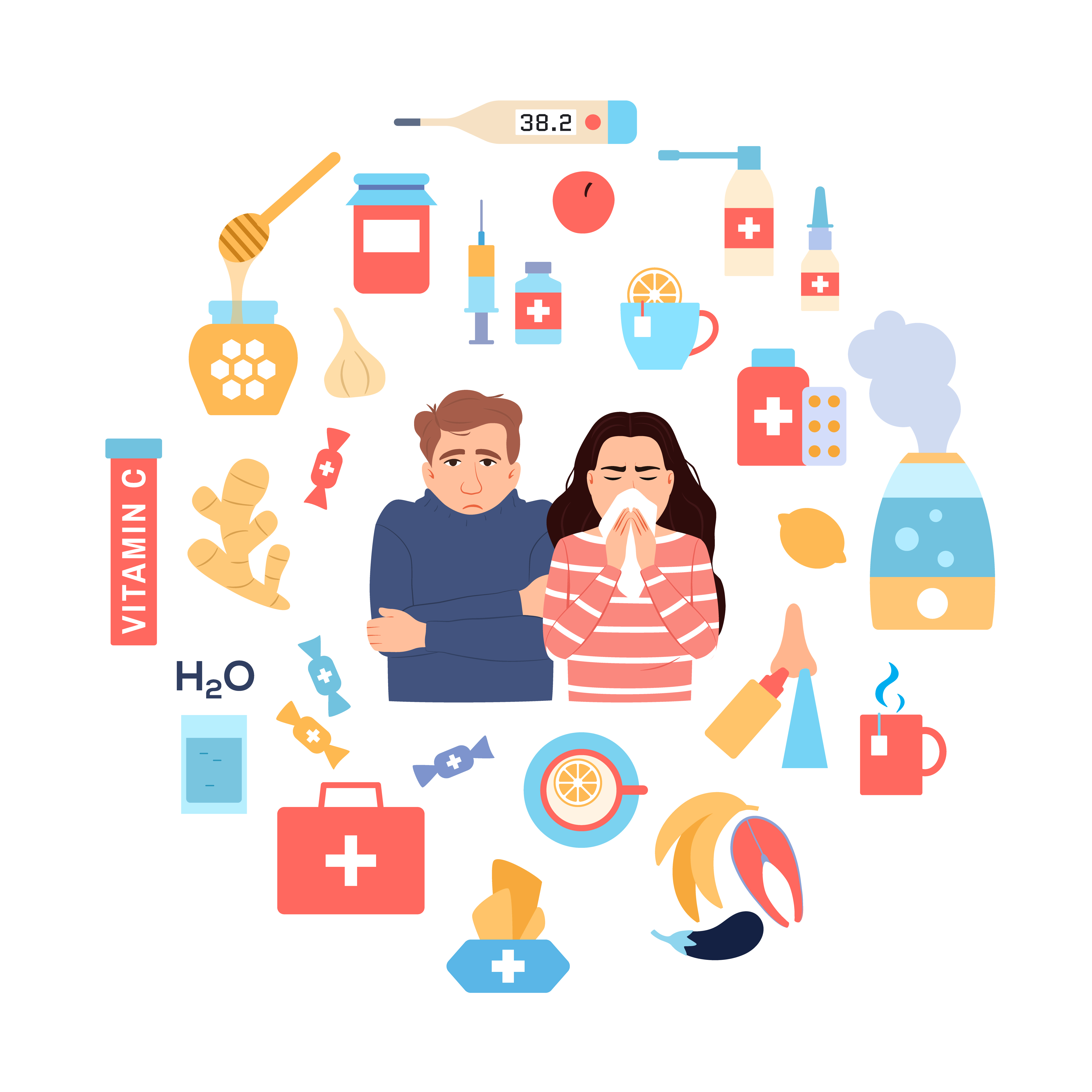Treatment of Rhinovirus

If a rhinovirus infection has been identified,
• Assess pain
• Administer medications to relieve symptoms if required and prescribed
• Monitor breathing, check vital observations four hourly, and auscultate lungs
• Check for laboured breathing, cyanosis, and cold and clammy skin
• Coughing and deep breathing should be encouraged
• Place the resident in a semi-fowler's position to facilitate breathing and lung expansion
• Encourage or assist in changing the resident's position often and encourage them to ambulate as tolerated to prevent secretions from accumulating
• Monitor and record the sputum colour, consistency, and amount
• Encourage fluids
• Educate on hand washing and disposal of secretions properly to prevent infection from spreading
• Prevent transmission by implementing standard and transmission-based precautions
• Isolate
TreatmentResidents generally recover from rhinovirus without specific treatment. To assist with symptom relief, over-the-counter medications may be suggested by the doctor to relieve fever, body aches, congestion, and cough. |